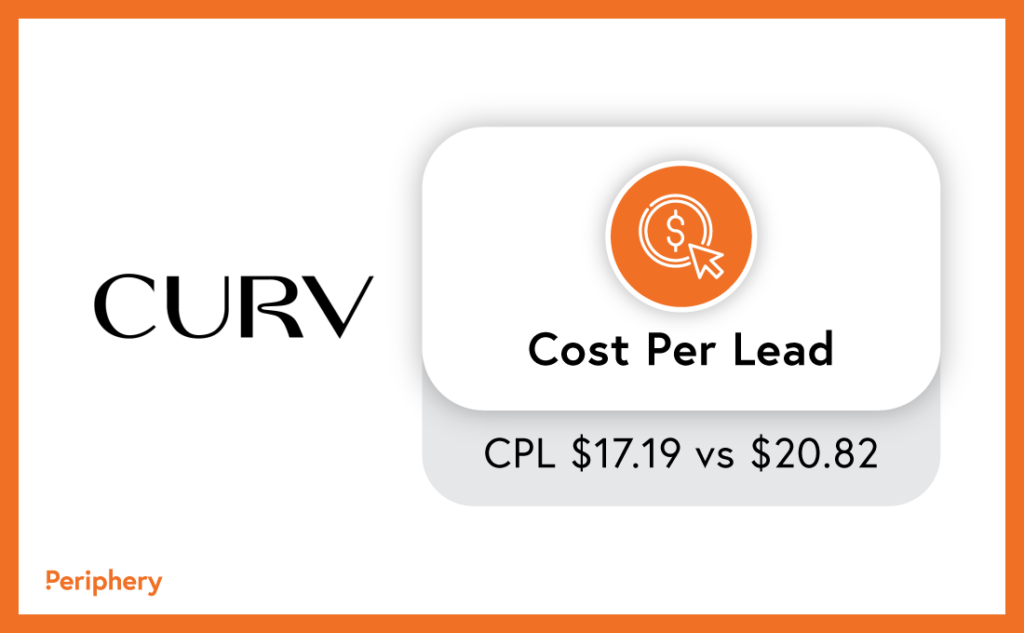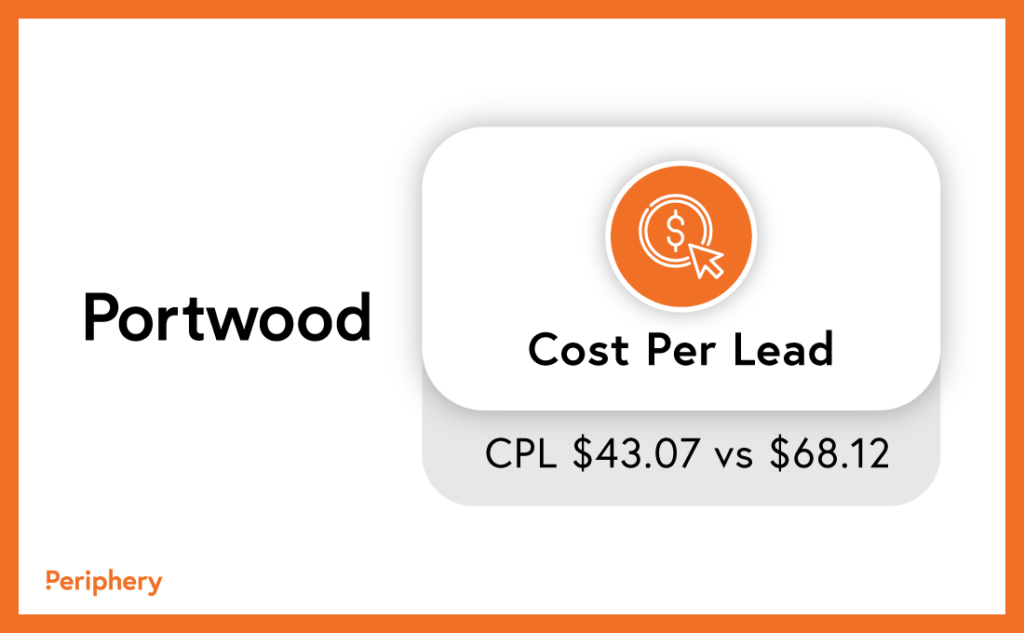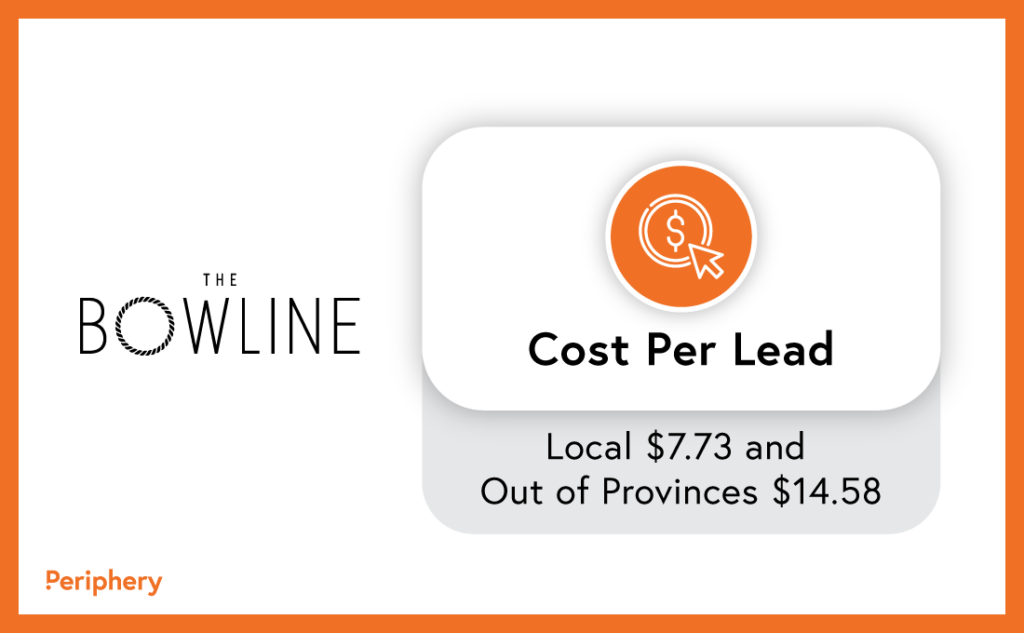Are you tired of wasting your advertising budget on reaching the wrong audience? Are you looking for a way to increase your return on investment (ROI) and drive more conversions? It’s time to embrace the power of targeting in media buying.
Targeting allows you to focus your advertising efforts on the audience most likely to engage with your brand and convert into clients. By using data and insights to identify your ideal customer demographics, interests, and behaviors, you can create tailored campaigns that resonate with your audience and drive action.
What is Targeting in Media Buying?
Media buying can be a daunting task for anyone who’s new to the industry. With so many options available, it’s easy to feel overwhelmed and unsure of where to start. One important concept to understand is targeting, which is a key part of media buying.
So, what exactly is targeting? In simple terms, targeting is the process of identifying the audience you want to reach with your advertising campaign. This includes factors such as age, gender, location, interests, and behavior. By understanding who your audience is, you can create ads that are more relevant and engaging to them, which can lead to better results.
One of the biggest advantages of targeting is that it allows you to optimize your ad spend. Rather than showing your ads to everyone, targeting allows you to focus your efforts on the people who are most likely to be interested in your product or service. This means you can get more bang for your buck and see a better return on investment.
Ways to Target Your Audience in Media Buying
- Demographic Targeting: it involves selecting specific age ranges, genders, and locations for your ads. Another approach is interest targeting, which allows you to target people based on their hobbies, preferences, and online behavior.
- Behavioral Targeting: another popular technique that involves targeting people based on their past online activity. For example, if someone has visited your website before or clicked on one of your ads, you can use behavioral targeting to show them more relevant ads in the future.
- Contextual Targeting: it targets specific websites or platforms that are relevant to your product or service. For example, if you’re selling sports equipment, you can use contextual targeting to display your ads on websites that cover sports news or have a strong focus on fitness.
How Targeting Can Be Achieved Through Different Media Channels
Social Media
Social media platforms like Facebook, Instagram, and TikTok allow you to target specific audiences based on their demographics, interests, behaviors, and more. For example, Facebook offers a range of targeting options, such as age, gender, location, interests, and more. You can even target people who have previously interacted with your brand or website.
Search Engines
Search engines like Google and Baidu also offer targeted advertising options. You can use keywords related to your product or service to target people who are actively searching for those terms. This allows you to reach people who are already interested in what you have to offer.
Programmatic Advertising
Programmatic advertising uses algorithms to purchase and display ads in real-time automatically. This method allows you to target specific audiences based on their online behavior, such as the websites they visit, the content they consume, and the devices they use. Programmatic advertising is particularly effective for retargeting campaigns targeting people who have previously interacted with your brand.
Out-of-Home Advertising
Out-of-home advertising, such as billboards, bus shelters, and digital displays, can also be used for targeting. For example, if you’re targeting a local audience, you can use billboards in specific areas to reach people who are likely to be interested in your product or service.
TV and Radio
Traditional media channels like TV and radio can also be used for targeting. You can select specific shows or times of day to reach your target audience. For example, if you’re targeting young adults, you might choose to advertise during a popular late-night talk show.
There are many different media channels that can be used to target your ideal audience. By understanding the strengths and weaknesses of each channel, you can create a media buying strategy that reaches the right people at the right time. Remember, targeting is the key to success in media buying, so don’t be afraid to experiment with different channels until you find what works best for your brand.
What are the Benefits of Targeting in Media Buying?
Targeting in media buying offers several benefits that can be optimal when it comes to your campaigns and making the most of your marketing budget. Targeting is very important for your success and there are several reasons for that.
1. Relevance: By targeting specific groups of people, you can ensure that your ads are relevant to their needs and interests. This increases the chances of them engaging with your content and taking the desired action, such as visiting your website or making a purchase.
2. Efficiency: When you target your ads, you can avoid wasting your budget on audiences that are unlikely to convert. Instead, you can focus on those who are most likely to be interested in your product or service, resulting in more efficient spending and better ROI.
3. Personalization: Targeting allows you to create personalized messages that speak directly to your audience’s pain points and challenges. This can help you build a stronger connection with them and increase the chances of them becoming loyal customers.
4. Insights: By analyzing the data from your targeted campaigns, you can gain valuable insights into your audience’s behavior, preferences, and habits. This can help you refine your targeting strategy and improve the effectiveness of your future campaigns.
5. ROI: Ultimately, targeting can help you to maximize your return on investment (ROI) by ensuring that your media buying efforts are focused on the right audience. By increasing the relevance, efficiency, and personalization of your ads, you can drive more conversions and achieve your marketing goals more effectively.
Key Factors to Consider
1. Targeting allows you to reach the right audience: By identifying and focusing on specific groups of people who are most likely to be interested in your product or service, you can increase the effectiveness of your campaigns and ultimately achieve better results.
2. Targeting can save you money: By avoiding broad, untargeted campaigns, you can reduce your advertising spend and ensure that your budget is being used in the most efficient way possible.
3. Targeting can improve engagement: By tailoring your messaging and creativity to specific audience segments, you can create more relevant and compelling campaigns that are more likely to capture their attention and generate a response.
4. Targeting can help you measure success: By tracking and analyzing the performance of your campaigns among specific audience segments, you can gain valuable insights into what’s working and what’s not, and make adjustments accordingly.
Best Practices When Targeting Audiences for Media Buying
Media buying can be a daunting task, but it’s crucial for any business looking to increase brand awareness and grow revenue. The key to successful media buying is identifying and targeting the right audience. Here are some best practices to keep in mind when targeting audiences for media buying:
Know Your Target Audience
Define your target audience by age, gender, location, interests, and behaviors. This knowledge will help you choose the right media channels to reach them.
Our initiatives at CURV’s have expanded beyond local boundaries, resulting in remarkable success. Our Canada-wide Meta Ads lead campaign outperformed the local Vancouver campaign, connecting with a wider audience across Canada and the United States. This comprehensive approach has opened doors to new opportunities and significantly enhanced our brand’s visibility and overall success.

Conduct Research
Conduct research on the media channels your target audience frequents the most. This information can be gathered from market research, customer surveys, or social media insights.
Create Compelling Ads
Develop ads that are visually appealing, engaging, and speak directly to your target audience. Use a clear call-to-action to encourage them to take action.
At Portwood, our venture into the Korean market has been a game-changer. Our Meta lead campaign targeted Korean audiences and surpassed expectations with impressive results and efficient cost-per-acquisition (CPA). Tailoring our messaging to the Korean market’s unique characteristics and preferences allowed us to engage deeply with this audience. Our success speaks volumes about understanding cultural nuances and adapting strategies. As we explore new opportunities, we remain committed to optimizing efforts and driving exceptional outcomes in all markets we serve.

Set Measurable Goals
Determine the goals of your media buying campaign and set key performance indicators (KPIs) to measure success. This will help you track performance and optimize your campaign as needed.
Test, Learn, and Optimize
Continuously monitor your campaign and test new strategies to improve performance. Use data-driven insights to make informed decisions and optimize your campaign for better results.
In our recent campaign for The Bowline, we strategically allocated our budget, focusing 60% on local targeting and 40% on out-of-province audiences. This optimized our nationwide reach while managing costs in Vancouver’s competitive housing market. By targeting out-of-province audiences, we tapped into a broader pool of potential buyers across Canada, maximizing sales opportunities. This balanced approach expanded our reach without overspending in a fiercely competitive market.

By following these best practices, you can create targeted media campaigns that reach your desired audience, increase brand awareness, and ultimately drive revenue for your business.
How has Targeting Technology Changed the Way Media is Bought?
Targeting technology has revolutionized the way media is bought by enabling advertisers to reach specific audiences with greater precision and efficiency. In the past, advertisers had limited options to target their audiences, such as demographic information and general interests. However, with the advent of targeting technology, advertisers are now able to target more specific attributes such as location, interests, behaviors, and even purchase history.
Advertisers can now target campaigns specifically, delivering the right message to the right people at the right time. By giving advertisers greater control over who sees their ads, targeting technology has also helped reduce wasted ad spending and increase ROI.
Targeting technology enables personalized messaging, boosting engagement and conversions. For instance, online retailers can target users who visited their site but didn’t purchase, offering tailored ads with discounts. This approach outperforms generic ads for a broader audience.
Additionally, targeting technology has made programmatic buying more efficient and cost-effective. Programmatic buying allows advertisers to reach their target audience across multiple platforms through automated bidding and data-driven decision-making. Targeting technology enables programmatic buying to be even more effective by providing advertisers with more granular targeting options, which helps to increase the relevance of their ads and reduces the cost of reaching their audience.
Conclusion
In conclusion, targeting technology is a game-changer for media buying. It allows advertisers to reach the right audience, with the right message, at the right time. By leveraging targeting technology, advertisers can create personalized campaigns that are more effective and efficient, ultimately leading to higher conversions and ROI. Targeting technology provides greater control over who sees your ads, enables personalization, and makes programmatic buying more efficient and cost-effective. As a beginner in media buying, it’s important to prioritize targeting in your campaigns to achieve success. So, contact us today and take your media buying strategies to the next level!



